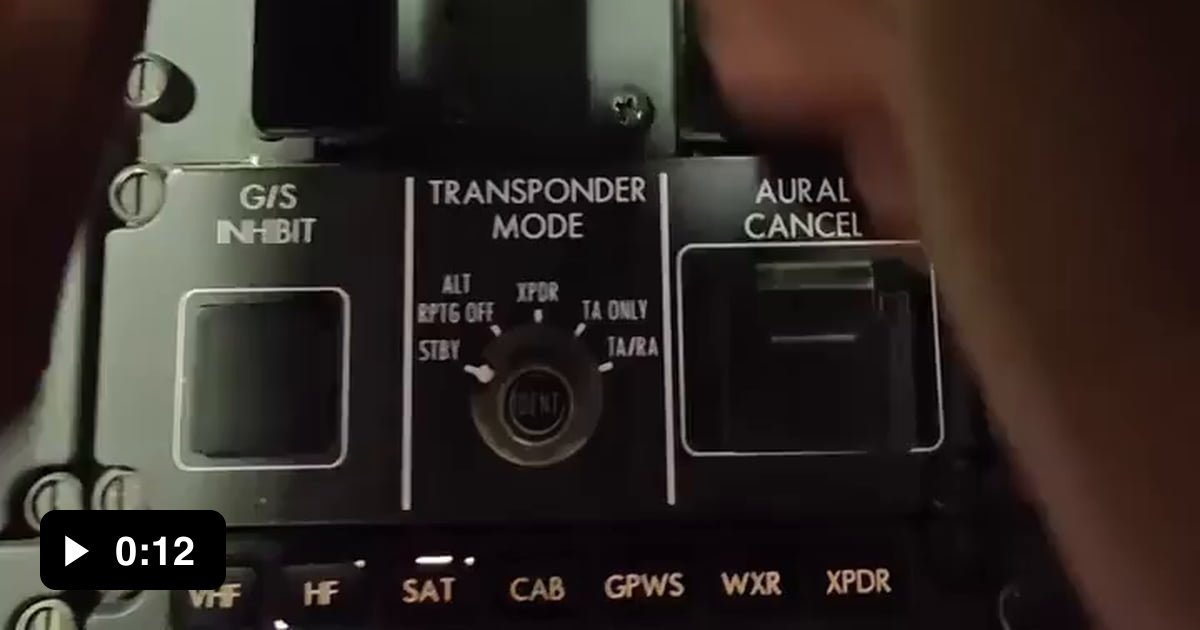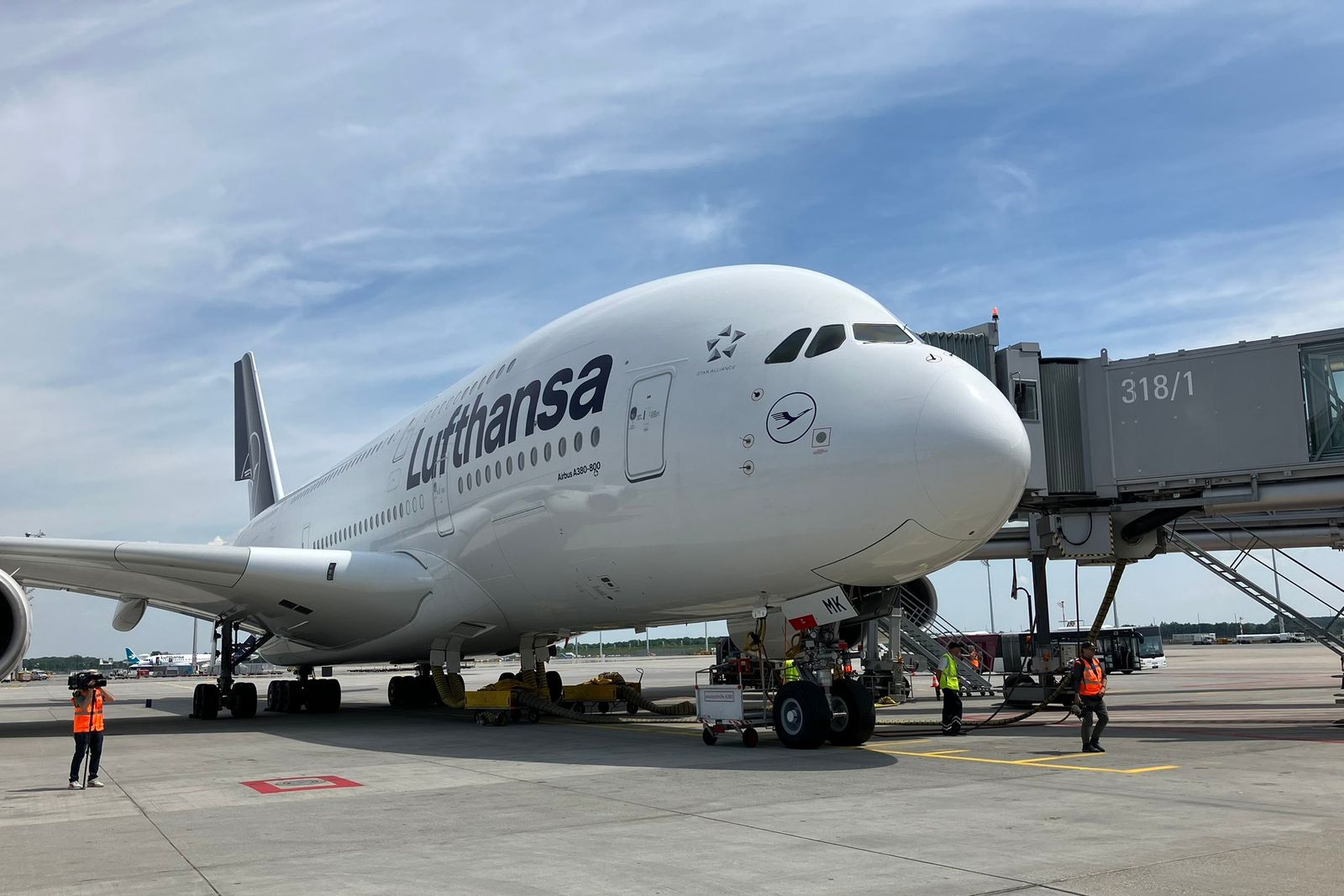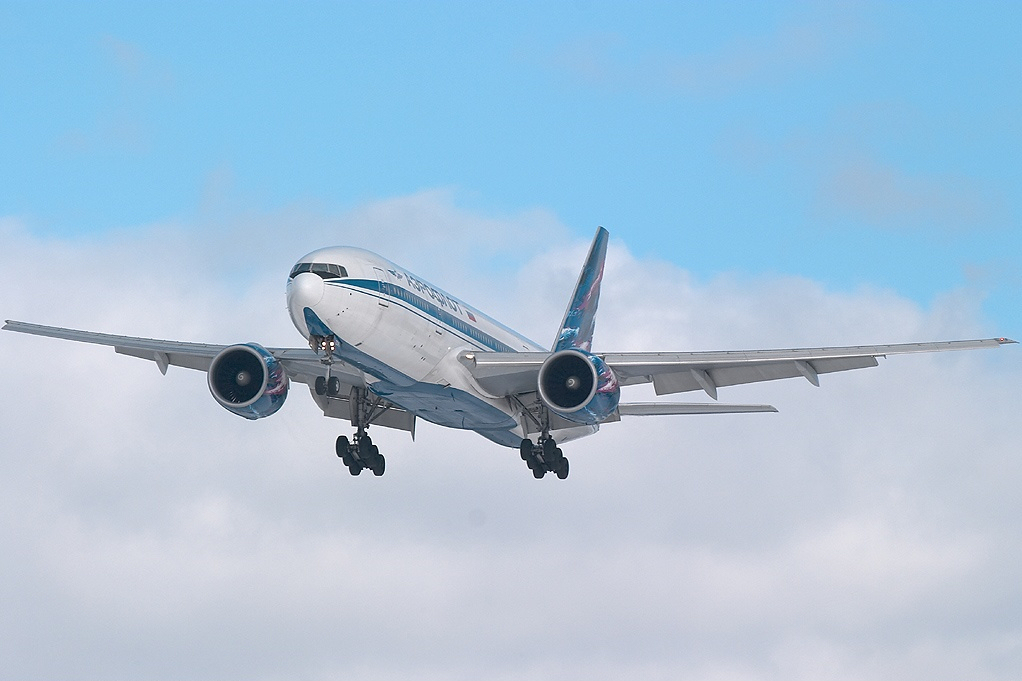Alternate law
There are four reconfiguration modes for the Airbus fly-by-wire aircraft:
alternate law 1,
alternate law 2,
direct law and
mechanical law. The ground mode and flare modes for
alternate law are identical to those modes for
normal law.
Alternate law 1 (ALT1) mode combines a
normal law lateral mode with the load factor, bank angle protections retained. High angle of attack protection may be lost and low energy (level flight stall) protection is lost. High speed and high angle of attack protections enter alternate law mode.
[8]
ALT1 may be entered if there are faults in the horizontal stabilizer, an elevator, yaw-damper actuation, slat or flap sensor, or a single air data reference fault.
[7]
Alternate law 2 (ALT2) loses
normal law lateral mode (replaced by roll direct mode and yaw alternate mode) along with pitch attitude protection, bank angle protection and low energy protection. Load factor protection is retained. High angle of attack and high speed protections are retained unless the reason for
alternate law 2 mode is the failure of two air-data references or if the two remaining air data references disagree.
[8]
ALT2 mode is entered when 2 engines flame out (on dual engine aircraft), faults in two inertial or air-data references, with the autopilot being lost, except with an ADR disagreement. This mode may also be entered with an all spoilers fault, certain ailerons fault, or pedal transducers fault.
[7]
Direct law
Direct law (DIR) introduces a direct stick-to-control surfaces relationship:
[7] control surface motion is directly related to the sidestick and rudder pedal motion.
[3] The trimmable horizontal stabilizer can only be controlled by the manual trim wheel. All protections are lost, and the maximum deflection of the elevators is limited for each configuration as a function of the current aircraft centre of gravity. This aims to create a compromise between adequate pitch control with a forward center of gravity and not-too-sensitive control with an aft center of gravity.
[9]
DIR is entered if there is failure of three inertial reference units or the primary flight computers, faults in two elevators, or flame-out in two engines (on a two-engine aircraft) when the captain's primary flight computer is also inoperable.
[7]
Mechanical control
In the mechanical control back-up mode, pitch is controlled by the mechanical trim system and lateral direction is controlled by the rudder pedals operating the rudder mechanically.[3]













